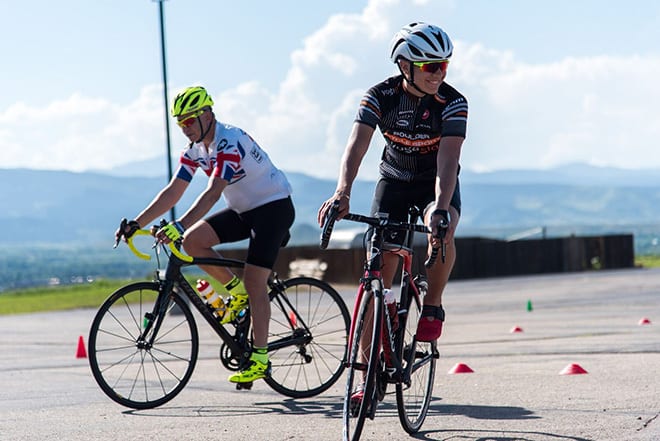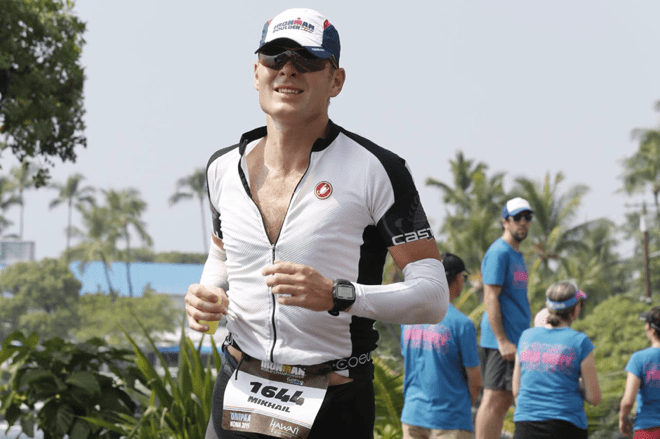
Какую ценность получают мои ученики
Ограниченное время занятых людей используется максимально эффективно с учетом сложного рабочего графика и поездок.
Они подходят к ключевым стартам в наилучшей физической форме, мотивированные на достижение цели.
Они получают мою поддержку и рекомендации по всем возникающим вопросам в режиме 24/7.
Они мотивированы на регулярную работу. Я не только ставлю задачи, но и контролирую их выполнение, не забывая при этом разнообразить тренировки и использовать элементы игры.
Читать дальшеПланы самостоятельной подготовки к триатлону
Планы самостоятельной подготовки к дистанциям Ironman, Ironman 70.3, неделю перед гонкой и межсезонье.
Вы получите детальное описание тренировок на каждый день, сделанное на опыте подготовки и выступления атлетов на более чем 50 стартах. Этими планами на сегодня пользуются более 100 атлетов со всего мира.
Я фанат интервальной работы, бега в холмы и работы в тренажерном зале. Это основа любого плана. Комбинируя такие тренировки, вы добьетесь отличного результата при разумных временных затратах.
Читать дальше

Кто я
Соучредитель проекта smartreading.ru, бывший владелец и создатель издательства «Манн, Иванов и Фербер». У меня двое детей, высокая бизнес-активность в других проектах кроме триатлона. Мы говорим на одном языке. Будучи бизнесменом, я хорошо понимаю ваш стиль жизни, уровень занятости, приоритеты и возможности. Хороший тренер в моем понимании тот, кто способен учесть и помочь в решении комплексной задачи, а не просто двигает задания в TrainingPeaks.
Я пришел в триатлон в поиске вызова, эмоционального и физического. Мне очень нравится раздвигать границы возможного, преодолевая свои ограничения. Выдающийся тренер Бретт Саттон сказал: «Ни один вид спорта не способен так изменить вашу жизнь к лучшему, как триатлон». Я убедился в этом на своем собственном опыте и опыте своих учеников.
Читать дальшеПолезная информация о триатлоне
Я много читаю, пишу и делюсь полезной информацией о триатлоне.




